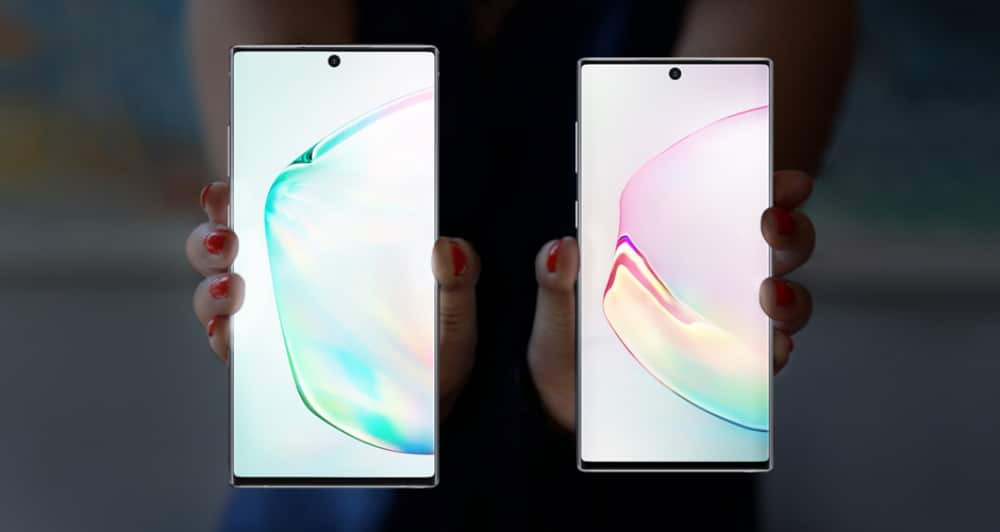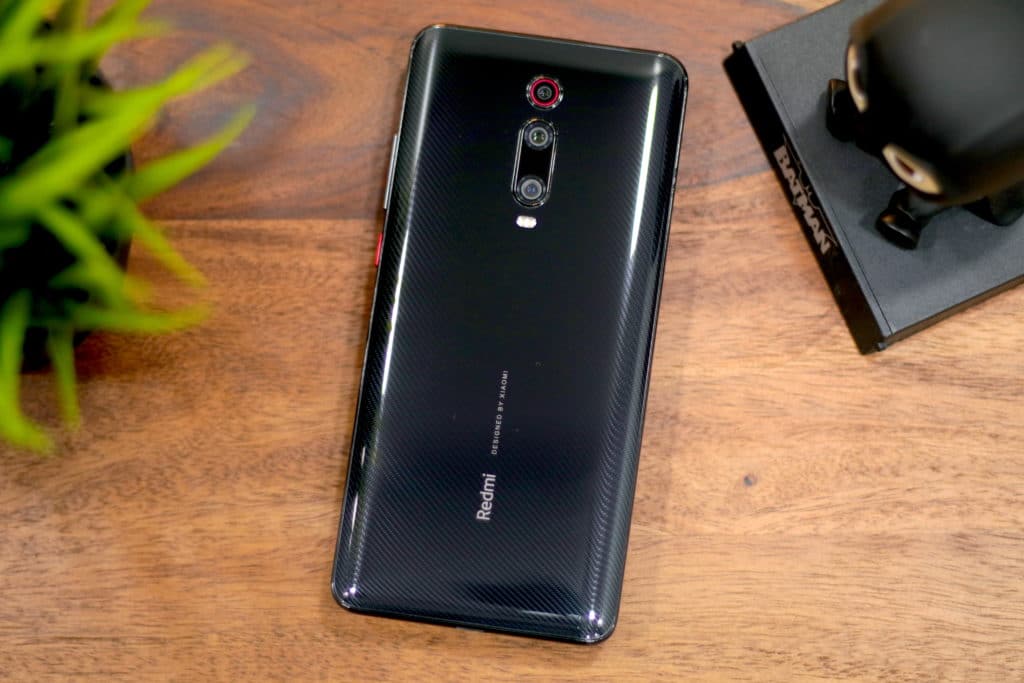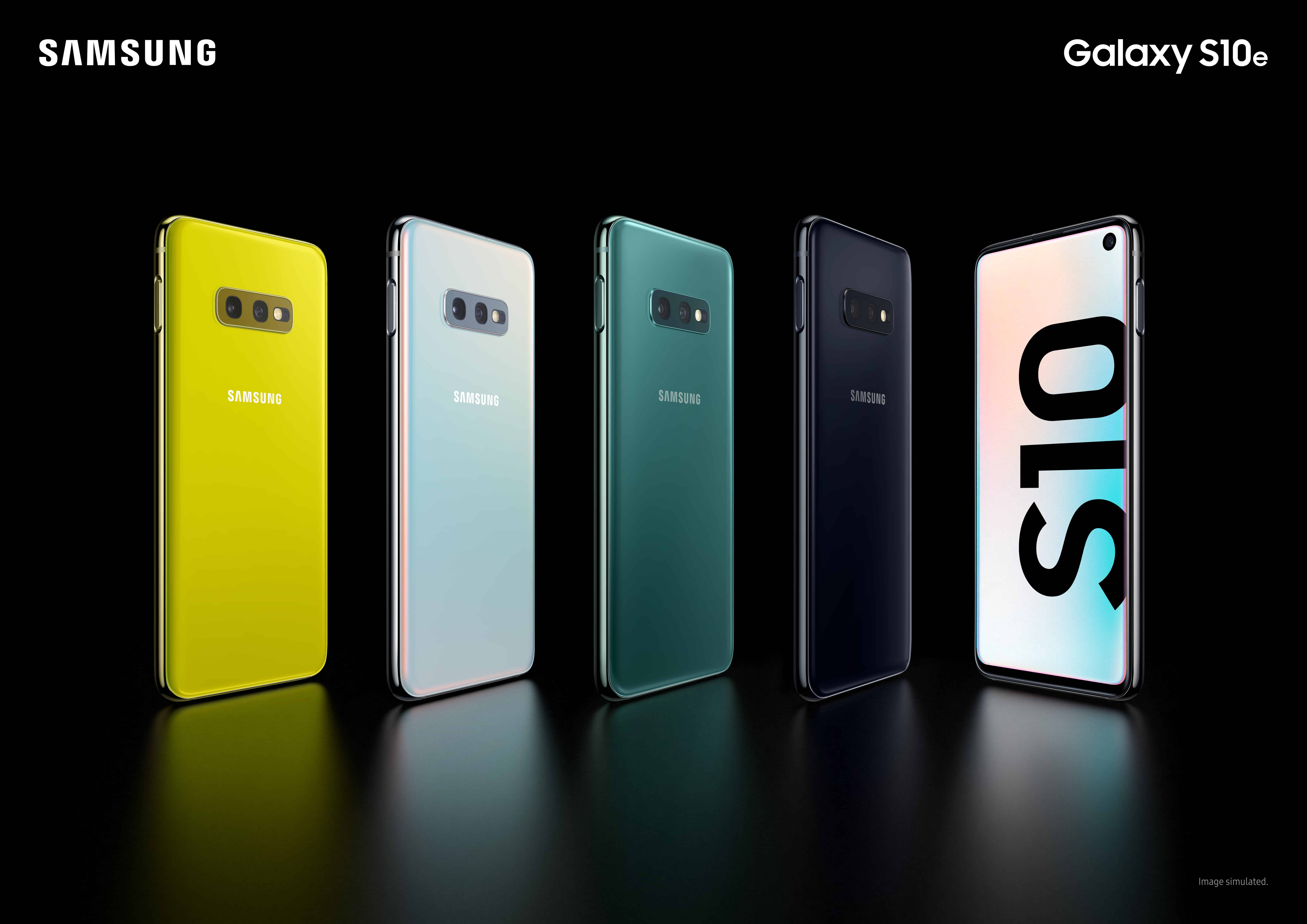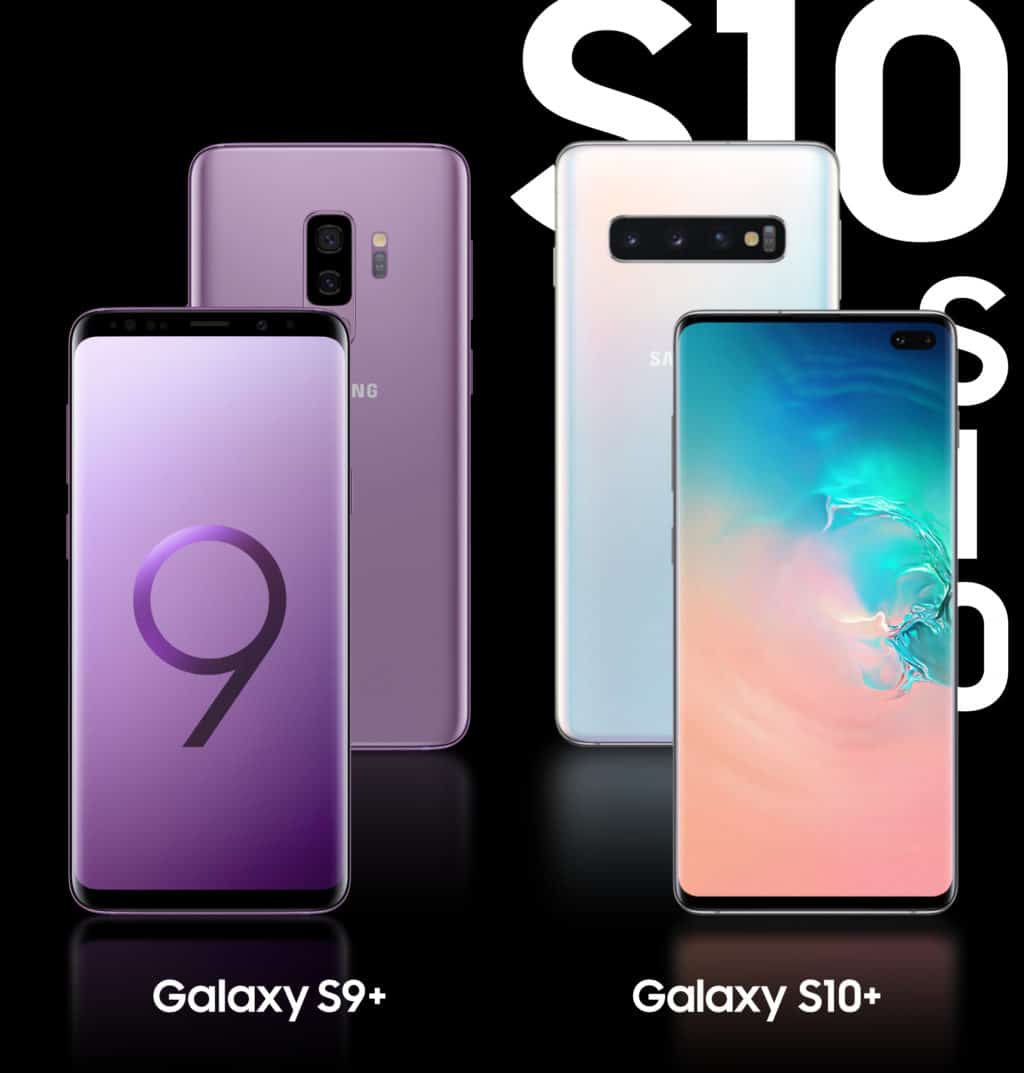![]()
The Google Pixel and Pixel XL might not back an impressive spec sheet as the Galaxy S8 and S8+, but since they run a near-stock build of Android, they can easily hold their own against Samsung’s latest flagship. While the difference performance of the two handsets will only be visible in real life use, how exactly do they compare to each other on paper? Let’s find out in our specs comparison.
Before you jump to the specs comparison below, remember that the Galaxy S8 and S8+ only differ from each other in terms of their dimensions, display size, and battery capacity, with other aspects of the devices remaining the same. The same is also true for the Google Pixel and Pixel.
Samsung Galaxy S8 vs Google Pixel
Dimensions
The Galaxy S8 is 8mm thick, while the Galaxy S8+ is 8.1mm thick. The Galaxy S8 and S8+ weighs 155g and 173g, respectively. The dimensions of both phones are as follows:
- Galaxy S8: 148.9 x 68.1 x 8 mm
- Galaxy S8+: 159.5 x 73.4 x 8.1 mm
The Pixel and Pixel XL are bigger and heavier than the Galaxy S8 and S8+.
- Google Pixel: 143.8 x 69.5 x 7.3 ~ 8.5 mm
- Google Pixel XL: 154.7 x 75.7 x 7.3 ~ 8.5 mm
Display
The Galaxy S8 comes with a curved 5.8-inch Infinity Display with Quad HD+ (2960 x 1440) resolution and an aspect ratio of 18.5:9. The new aspect ratio makes the display taller than usual but it is better suited for multi-window multitasking.
The Google Pixel comes with a 5-inch Full HD Super AMOLED display, while the Pixel XL comes with a 5.5-inch Quad HD Super AMOLED display. The phones don’t feature a curved display, but they do feature a 2.5D cover glass.
Chipset
The Galaxy S8 comes with either Samsung’s own Exynos 8895 chipset or Qualcomm’s Snapdragon 835 chipset. Both chipsets are based on Samsung’s 10nm LPE fabrication process that should make them more power efficient than other 14nm based chipsets.
The Google Pixel and Pixel XL feature Qualcomm’s previous generation Snapdragon 821 chipset running at 2.15GHz.
Storage & RAM
The Galaxy S8 and S8+ both feature 64GB of NAND storage based on the UFS 2.1 interface. They also come with 4GB of RAM and a microSD card slot.
The Pixel and Pixel XL, on the other hand, are available in either 32GB and 128GB storage options based on the eMMC 5.1 interface. They also feature 4GB RAM but are lacking a microSD card slot.
Camera
The Galaxy S8 features a 12MP f/1.7 shooter with Dual Pixel and OIS. At the front, the Galaxy S8 features an 8MP f/1.7 shooter with autofocus.
The Google Pixel and Pixel XL features a 12MP f/2.0 shooter with 1.55um large pixels, LaserAF, PDAF, and EIS. The handsets also feature an 8MP f/2.4 shooter at the friend.
The Google Pixel and Samsung Galaxy S8 both take three pictures in quick succession and combine them into one for better low-light imaging performance and better dynamic range.
Connectivity
The Samsung Galaxy S8 and Galaxy S8+ are the first phones to feature gigabit LTE Cat.16 modem. They are also the first phones in the market to launch with Bluetooth 5.0. The Galaxy S8 also features a USB-C port.
The Google Pixel and Pixel XL only support LTE Cat.11 speeds with a maximum download speed of up to 600Mbps. The phones ship with Bluetooth 4.2 and also feature a USB-C port.
Battery
The Samsung Galaxy S8 comes with a 3000mAh battery, while the Galaxy S8 Plus features a 3500mAh battery. Both batteries will be able to hold up to 95 percent of their capacity after two years.
The Google Pixel features a 2750mAh battery, while the Pixel XL comes with a bigger 3450mAh battery.
The Galaxy S8 and S8+ also feature fast wireless charging, which the Pixel lacks.
Biometric Authentication
The Galaxy S8 features three different types of biometric authentication: iris, fingerprint, and face.
The Google Pixel, in comparison, only features fingerprint authentication.
IP Certification
The Galaxy S8 and S8+ feature an IP68 certification that makes them dust and water-resistant in up to 1.5m of fresh water for up to 30mins.
The Google Pixel and Pixel XL are only splash-resistant and not water-resistant.
Samsung and Android Pay
The Galaxy S8 and S8+ support Samsung Pay, while the Pixel and Pixel XL feature Android Pay.
Bixby vs Google Assistant
While Bixby and Google Assistant are both available on the Galaxy S8 and S8+, only Google Assistant is available on the Pixel and Pixel XL.
OS
The Samsung Galaxy S8 runs on Android 7.0 Nougat with Samsung’s own skin on top of it, while the Pixel and Pixel XL run on a stock build of Android 7.1 Nougat.
So, Google Pixel or the Samsung Galaxy S8? Which one do you prefer? Remember that even though the Galaxy S8 comes with faster internals, the Pixel will likely perform better in real life use due to its optimised software.










